The answer could be to produce a long leakage time constant.
There have certainly been a lot of interest in this question and a lot of interesting answers, but none seem to explain why such a high resistance is needed.
We think of DC current as the constant flow of charges per second [C/s] and thus has no frequency spectrum.
But what, if the current measured, is just small charge transfers that occur being transferred from a very low capacitance detector over intervals of seconds, minutes or hours.
Even a step in static E-Field with no flow of current or random discharges in galactic space that might have very long intervals. The background E Field must be nulled out while charge accumulation can occur over a long interval for events.
Or consider the design of monitoring high voltage static E fields that are now microscopic voltages in nano-sized wafer junctions in a wafer fabrication or processing line for real-time monitoring of ESD prevention in a clean room with silicon tracks capable of discharge at 100 uV per nanometer. Any change in E fields slowly rising from any dust particles moving on the floor from the motion of operators wearing sticky soled clean-room booties over their socks can be harmful even if wearing heal/toe straps on dissipating floors.
If you have zero dust particles, there can be no charge accumulation and visa versa in this environment.
Consider that challenges of wafer fabrication and tiny static E-Field discharges can damage a wafer from ionic contamination and ESD discharge.
as with anything the Test Engineers motto is...
If can't measure it, you cannot control it.
Perhaps you already understand a very low frequency response or very long time constant is needed with a controlled discharge rate with a very large resistance.
Not every e-field or photon or electron or positron sensor is 1pF and may be larger or smaller, as there are many different applications for static charge voltage or E field detection with very low frequency changes. We can only speculate what THIS detector is used for.
So I suggest this resistance is needed to cuttoff stray static E-Fields that are truly static and non-time varying, so that over the longer time interval than T=RC, in a benign environment, it can decay to zero while events that occur faster than this long time constant can be accumulated as a charge voltage into a very small sub-pF detector.
We know that voltage coupling of E fields from series to sensor shunt capacitance is transformed just like an resistive voltage divider except as a capacitive voltage divider. so the smaller the detector capacitance, the better for low attenuation.

simulate this circuit – Schematic created using CircuitLab
'SCUSE ME, WHILE I SENSE THE SKY
The Keithley B2987A is remarkable that it can measure resistances up to 10 PΩ \$(10^{16} \ Ω)\$

Here is the likely TIA circuit but the amp would be not a conventional internal compensated OpAmp with only 1~10MHz GBW product. To have high gain for a <~50MHz pulse





